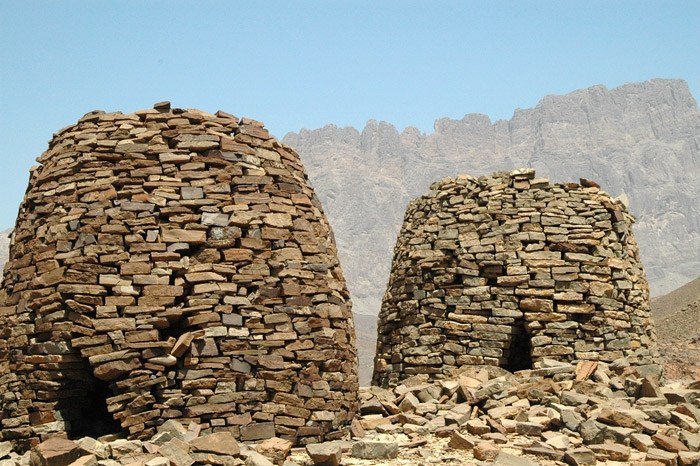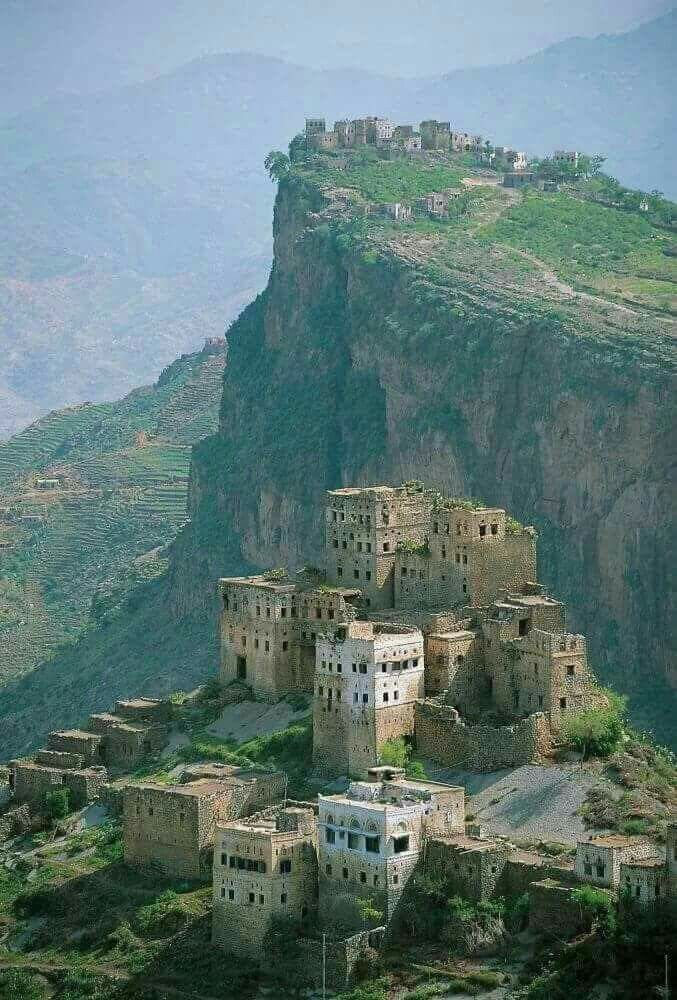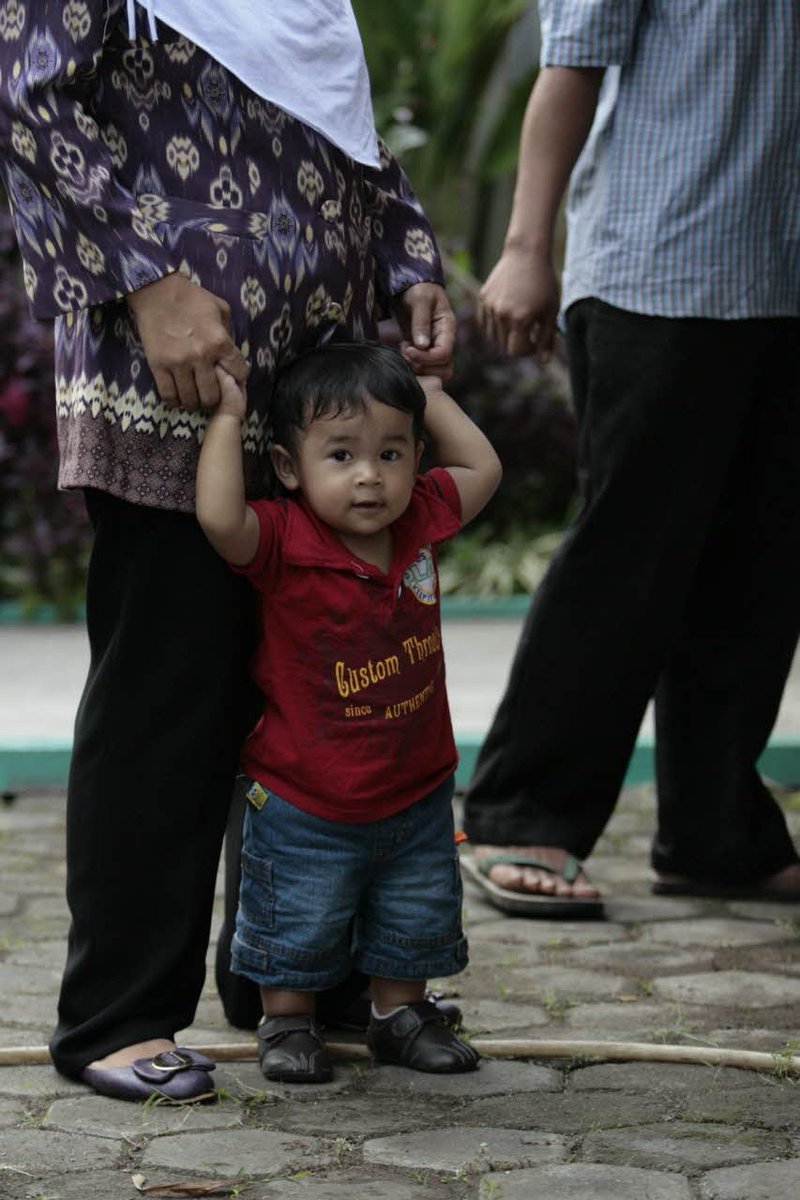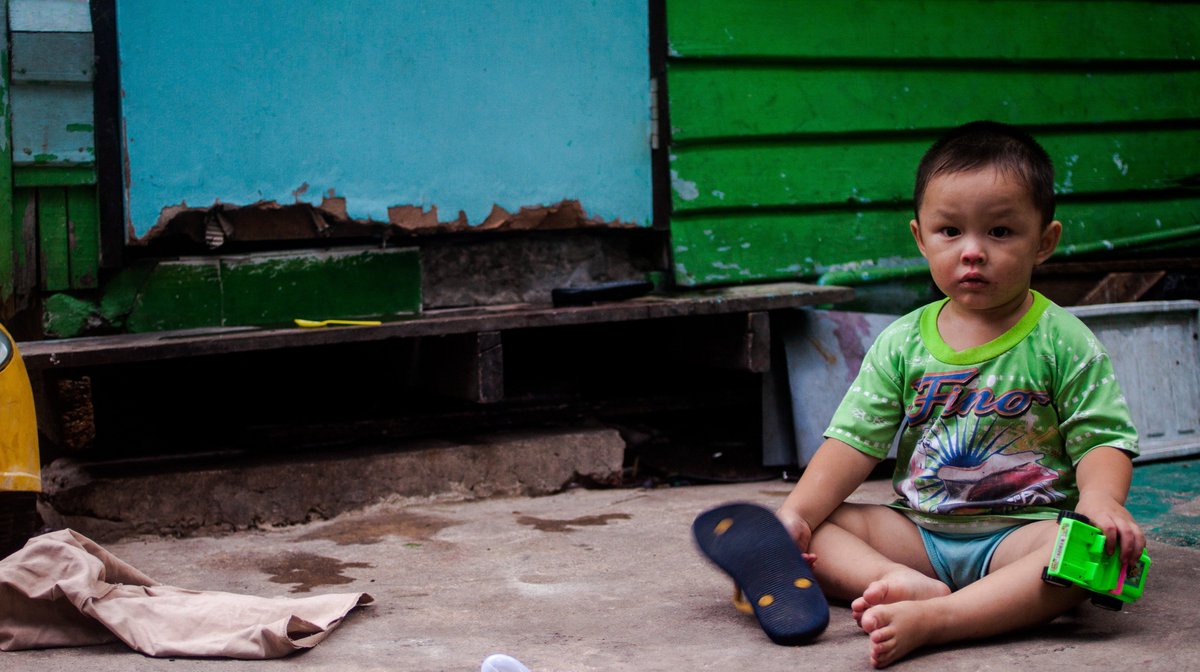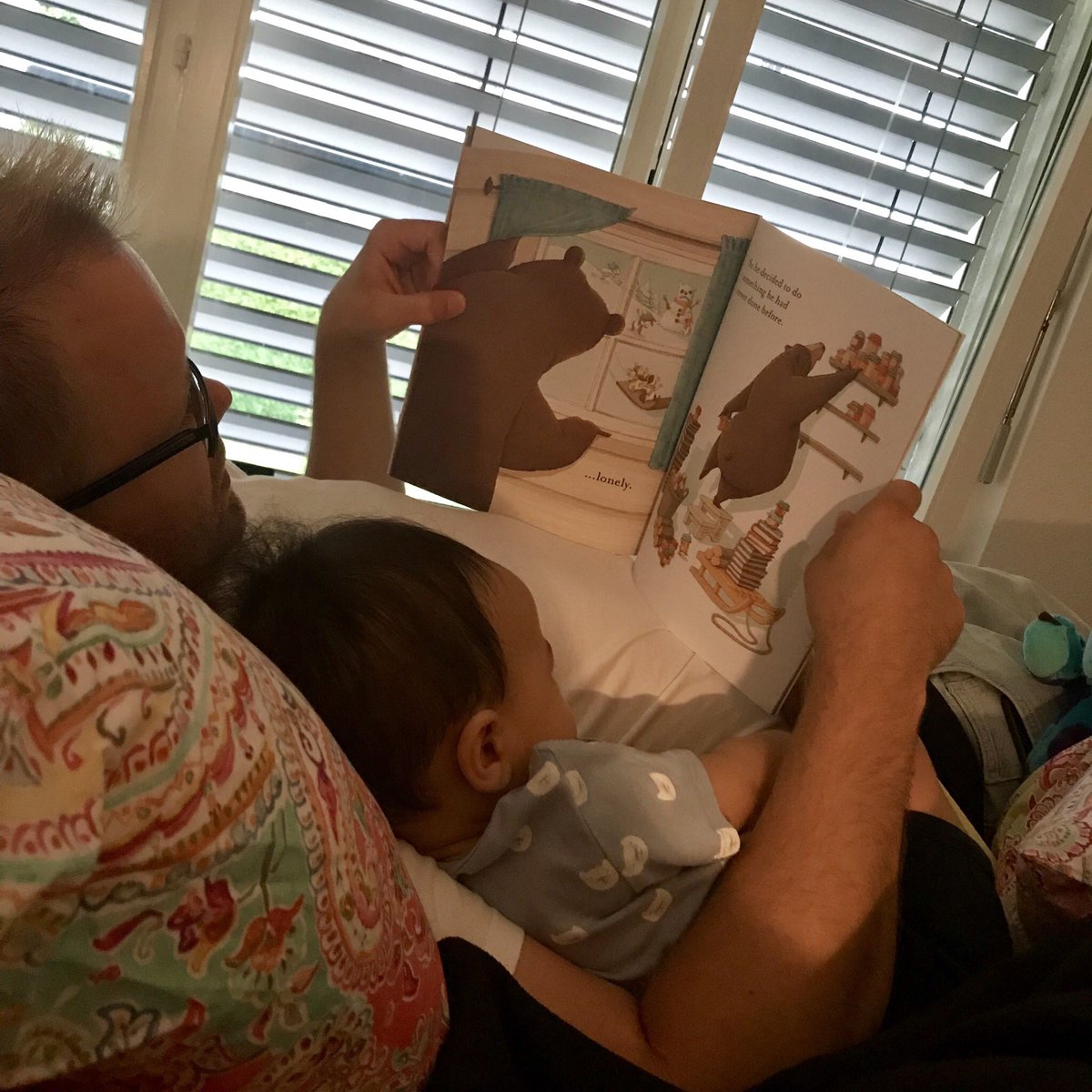"Of two children they give the preference to the younger, for they maintain the elder owes his birth to predominant lust, whilst the younger owes his origin to mature reflection and a calm proceeding"
"When a child is born people show particular attention to the man, not the woman"
"In all consultations and emergencies they take the advice of the women"
"In shaking hands they grasp the hand of a man from
the convex side"
"They do not ask permission to enter a house, but
when they leave it they ask permission to do so"
"The Hindus eat singly, one by one, on a tablecloth
of dung. They do not make use of the remainder of a
meal, and the plates from which they have eaten are
thrown away if they are earthen"
"They have red teeth in consequence of chewing arecanuts with betel-leaves and chalk"
"They drink wine before having eaten anything, then
they take their meal. They sip the stall of cows, but
they do not eat their meat"
"The men wear articles of female dress; they use
cosmetics, wear earrings, arm-rings, golden seal-rings on
the ring-finger as well as on the toes of the feet"
"On festive days they besmear their bodies with dunginstead of perfumes"
"They use black tablets for the children in the schools,
and write upon them along the long side, not the broad
side, writing with a white material from the left to the
right"
"They write the title of a book at the end of it, not at
the beginning"
Leaves down south
Tree bark in the northern country
"The Hindus have in the south of their country a
slender tree like the date and cocoa-nut palms,...
They call these leaves tari and write on them"
"people use the bark of the tuz tree, one kind of which is used as a cover for bows. It is called bhurja...They oil and polish it so as to make it hard and smooth, and then they write on it"
ignorance. But then Vyasa, the son of Parasara, rediscovered their alphabet by an inspiration of God"
"As Kanoj (Kanyakubja) has become famous by the
children of Pandu, the city of Mathura has become famous by Vasudeva"
"Kanoj lies to the west of the Ganges, a very large
town, but most of it is now in ruins and desolate since
the capital has been transferred thence to the city of
Bari, east of the Ganges"
E.g
"The distance between Mathura and Kannauj is 28 farsakh"
Now the persian farsakh is 6.23 kms
28 farsakh = 175 kms
But today we know Kannauj-Mathura distance to be 282 kms!
Either the farsakh meant a different distance back in his day
or
he got the distance wrong
or
Either Mathura or Kannauj do not correspond to the modern Mathura / Kannauj (which is unlikely)
50 farsakh from Mathura as per Al Biruni
That works out to be 311 kms
Distance b/w these two towns today - 347 kms
Mathura - 35 farsakh -> Dudahi - 17 farsakh -> Bamahur - 5 farsakh -> Bhailsan - 9 farsakh -> Ardin - 7 farsakh -> Dhar
That's 75 farsakh roughly
Close to 500kms
But today the distance by road is 770 km
This corresponds to Vidisha / Besnagar in more ancient times - home to the Heliodorus pillar installed by the Greek ambassador in the Shunga court in 2nd cen BCE
Not sure if there is significant habitation there in the site today
en.wikipedia.org/wiki/Alauddin_…
Dhar -> 7 farsakh -> Valley of Namiyya - > 18 farsakh -> Mahratta Desh -> 25 farsakh -> Konkan coast (city of Tana)
50 farsakh -> 310 km
Now Tana I presume is modern Thane? (Mumbai)
We know Dhar - Mumbai distance to be 550 kms today
We still have Mathura, Dhar, Tana (Thane), Kannauj
Sure, some like Bhilsa are no longer major settlements today
But the continuity is remarkable
Even Bhilsa is a reasonably large settlement to this day (notwithstanding all the raids it has been subjected to)
Vidisha town today has 155K people
Daibal corresponds Karachi
Tana to Mumbai (my guess)
Route
Daibal -> Tawalleshar -> Loharani -> Baga -> Kacch -> Baroi -> Somanath -> Kanbayat (Khambat?) ->Bihroj -> Sandan -> Subara -> Tana (Konkan coast)
The route suggested by Al Biruni is roughly 215-220 farsakh as far as I can make out
That's around 1300-1400 kms by road, which sounds right
Why would you travel all the way down to Somanath in southern Gujarat , and then travel back up to Khambat, if you want to go to Tana from Karachi?
Clearly Al Biruni is describing his journey, and not the shortest route
He refers to Bhoja as the ruler of Dhara while narrating an anecdote
So this is an independent external reference to Raja Bhoja (discounting any inscription based evidence)
His assessments of distances are far less accurate here.
But he does talk of Ramsher (Rameshwaram) which is opposite Sarandib island (Sri Lanka)
Distance is 12 farsakh as per him - 80 kms?
Not too off
That is pretty close to the distance between Dhanushkodi in Pamban island and the town of Rameshwaram today
This would place Kihkind in the Tamil country
Which is strange, given that tradition places Kishkinda in northern Karnataka (near Hampi)
Things get hazy here
Kannauj to Bari (the "new" capital on the banks of Ganges) is 10 farsakh
Now I am not sure which town this is - "Bari" - do chip in if you have an idea
Further east he talks of a country called "Tilawat".
Opposite Tilawat, you have the realm of Naipal (presumably Nepal)
Khajuraho is famous for its great temples which came into prominence after a rediscovery in the 1830s
But these temples were built at around the same time Al Biruni visited India
Khajuraho is described as the capital of this kingdom!
It is not improbable the great temples of this place were being built during Al Biruni's time in India
So the 30 farsakh estimate of Al Biruni is not off by a long margin.
A rare early reference to Gwalior in literature
But Al Biruni is not accurate
While Kalinjar is indeed near Khajuraho, Gwalior lies to the west of Kannauj not south east
""The south and east of the country
belong to the Hindus, the west to various kings, the
Bolar-Shah and the Shugnan-Shah"
So it's interesting that there was some Turk presence in Northern Kashmir in that early date
have no riding animals nor elephants. The noble
among them ride in palankins called katt, carried on
the shoulders of men."
And here's an intriguing comment that follows ->
"it is difficult to have any commerce with them.
In former times they used to allow one or two foreigners....at present they do not allow any Hindu whom they do not know personally to enter, much less other people"
The book can be found here -
columbia.edu/cu/lweb/digita…
An earlier thread on Al Biruni from last year
Al Biruni adds the qualifier
"particularly in the eastern parts of the country"
Didn't mention it for want of characters









